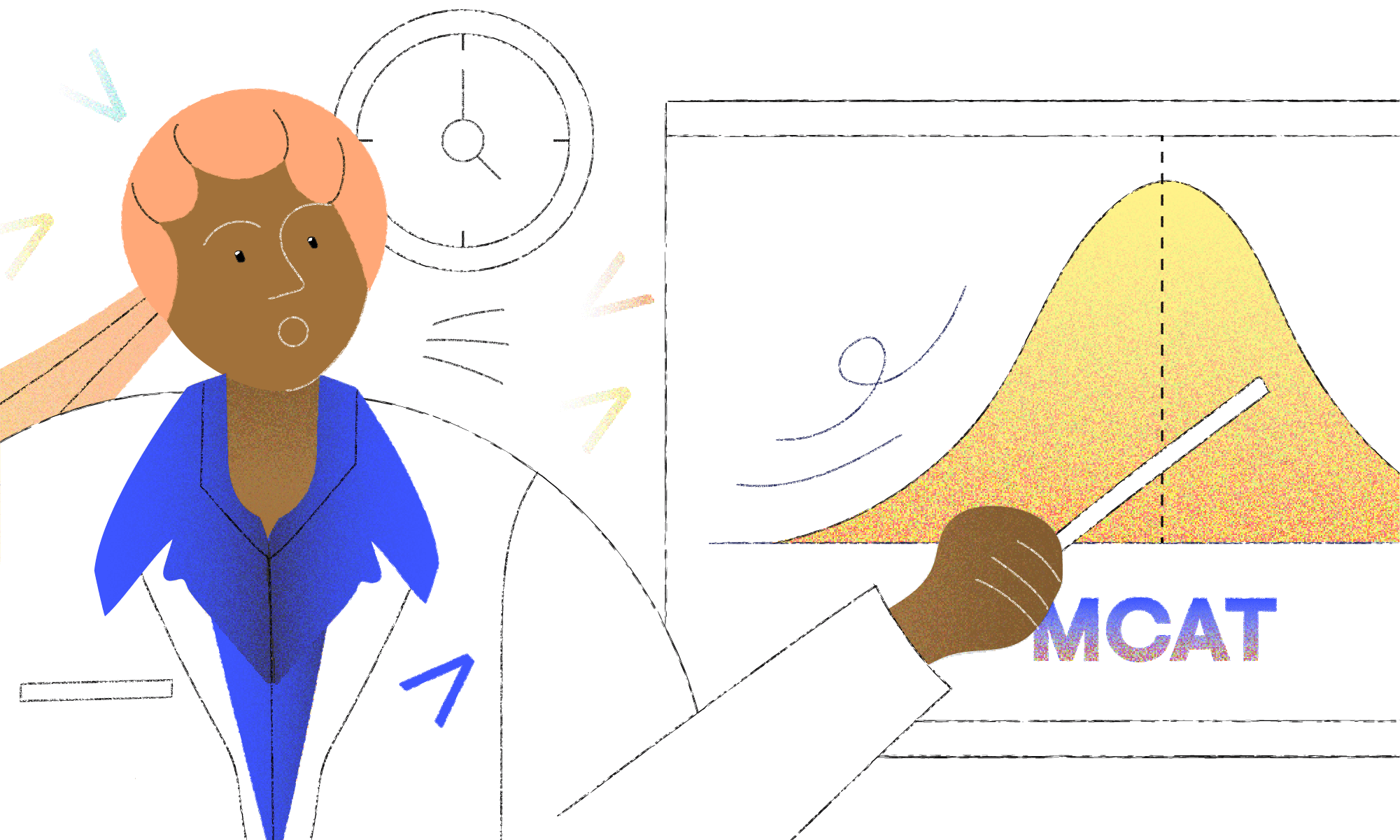
Top 6 Tips to Nail Your Medical School Secondary Essay
After submitting your primary application to medical schools, the next step in the admissions process is tackling secondary applications. These secondary applications typically consist of a series of essay questions that require thoughtful and personalized responses.
This blog will provide the top six tips to help you navigate and excel in your medical school secondary applications. By following these tips, you can present yourself as a strong and competitive candidate for your desired medical schools.
1. Understand the Purpose of Secondary Applications
Secondary applications are an integral part of the medical school admissions process. They allow the schools to gather more information about you, assess your fit with their program, and gain deeper insights into your personal and professional qualities. It’s important to recognize that secondary applications are not just a formality but a chance for you to make a lasting impression on the admissions committee.
2. Answer the Question Directly and Thoughtfully
Each secondary application will include specific essay questions that require your attention. Reading the questions carefully and providing direct, concise, and thoughtful responses is crucial. Avoid veering off-topic or providing generic answers. Use this opportunity to showcase your unique experiences, perspectives, and aspirations. Be genuine and authentic in your responses to make a lasting impact.
3. Tailor Your Responses to Each School
While it may be tempting to reuse essays or responses from one application to another, resist the temptation. Each medical school has its distinct mission, values, and expectations from applicants. Take the time to research and understand each school’s unique characteristics and incorporate that knowledge into your responses. Tailoring your answers to each institution demonstrates your genuine interest and commitment to their program.
4. Highlight New and Relevant Information
Your primary application provided an overview of your experiences, achievements, and motivations. Use the secondary application to delve deeper into areas that received less attention in your primary application.
For instance, if you have gained additional research experience or participated in impactful community service since submitting your primary application, highlight these new and relevant experiences in your secondary responses. That will demonstrate your continued growth and commitment to your goals.
5. Pay Attention to Word Limits and Formatting Guidelines
Secondary applications often come with specific word limits for each essay question. It is crucial to adhere to these guidelines and ensure your responses are concise, focused, and well-structured. Stay within the word limits, as it may reflect poorly on your ability to follow instructions.
Additionally, pay attention to the school’s formatting guidelines, such as font size and style, spacing, and file formats. A well-presented application shows your attention to detail and professionalism.
6. Seek Feedback and Edit Your Responses
Before finalizing and submitting your secondary applications, seek feedback from trusted mentors, advisors, or pre-medical committees. They can provide valuable insights and suggestions to help refine your responses and make them more impactful. Be open to constructive criticism, and take the time to carefully review and edit your essays.
Ensure your writing is clear, coherent, and free of grammatical errors or typos. A polished and well-crafted application will leave a positive impression on the admissions committee.
Who Gets the Medical School Secondary Application?
Regarding the distribution of medical school secondary applications, the process varies among different institutions. Understanding who receives these applications can provide valuable insights into the admissions process. Here are some key factors to consider:
Comprehensive Distribution:
In most cases, medical schools adopt a comprehensive approach and send secondary applications to all applicants who have submitted their primary applications through the centralized application system, such as the American Medical College Application Service (AMCAS).
That means that virtually every candidate, regardless of their academic qualifications or chances of admission, will receive a secondary application. This initial step ensures that every applicant has an opportunity to provide additional information beyond what was included in the primary application.
Minimum Admission Requirements:
However, it is worth noting that some medical schools employ a preliminary screening process before sending out secondary applications. These schools may review applicants’ academic credentials, such as GPA (Grade Point Average) and MCAT (Medical College Admission Test) scores, to ensure they meet the minimum admissions standards.
Only those who meet these requirements will be invited to complete the secondary application. This selective approach helps schools manage the high volume of applications and focus their resources on candidates more likely to be competitive.

Targeted Characteristics:
The type of secondary questions asked by medical schools can provide insight into the specific characteristics or qualities they are seeking in applicants. Schools aim to identify candidates who align with their educational philosophy, mission, and values by tailoring their secondary questions.
Strong and well-crafted responses to these questions indicate that an applicant possesses the desired attributes, increasing their chances of advancing in the admissions process.
Importance of Personalized Responses:
Secondary applications allow applicants to showcase their individuality and provide more detailed information about their experiences, aspirations, and motivations for pursuing a medical career.
Admissions committees review these responses to better understand each applicant’s unique qualities and perspectives. Candidates can make a strong impression and stand out by crafting thoughtful, personalized responses.
Strategic Application Management:
Once secondary applications start rolling in, applicants face decisions regarding managing and prioritizing their responses effectively. Developing a strategic approach to tackle secondary applications is essential.
Some common strategies include focusing first on schools that align closely with your preferences and priorities, working on less competitive programs before more competitive ones, and practicing writing secondary statements in advance to ensure well-crafted and personalized responses.
Conclusion
Navigating the medical school secondary application process can be challenging, but with the right approach, it can also be an opportunity to showcase your strengths and unique qualities.
By understanding the purpose of secondary applications, answering questions thoughtfully, tailoring your responses, highlighting new information, adhering to word limits, and seeking feedback, you can maximize your chances of standing out as a strong candidate.
Getting into medical or dental school is tough; we know because we’ve done it ourselves. That’s why we set up Medic Mind to help you across every hurdle – from applications to interviews.
You must remember to stay focused, organized, and true to yourself as you embark on this crucial step toward your medical career. Good luck!
Related Articles
- Public vs Private Medical School
- How Many Letters of Recommendation for Medical School Do You Need?
- Medical School Loans
- How to Apply for AAMC Fee Assistance Program?
- How to Get Clinical Experience for Med School?
FAQ:
→ How long do I have to complete the secondary applications?
The timeframe for completing secondary applications varies among medical schools. Some schools provide a specific deadline, while others offer a flexible window. It’s important to check each school’s instructions and adhere to their specified timeline to ensure timely submission.
→ Can I submit my secondary application before receiving my MCAT scores?
You can submit your secondary application before receiving your MCAT scores. However, it’s essential to indicate in your application that you plan to take or have already taken the MCAT. Once your scores become available, you can update the schools accordingly.
→ How long should my responses be for each essay question?
Secondary applications often come with word limits for each essay question. These limits can vary, but most schools provide guidelines ranging from 250 to 500 words per question. Review the instructions carefully and stay within the specified word limits for each response.
→ Can I reuse my primary application essays for the secondary applications?
While the content overlap between your primary and secondary application essays may overlap, it’s important to tailor your responses to each school’s questions. Avoid copying and pasting your primary application essays, which can be generic and impersonal. Take the time to craft thoughtful and personalized responses for each secondary application.
→ What should I do if I receive a secondary application from a school I’m not interested in?
If you receive a secondary application from a school, you’re not interested in attending; you can decline or not complete the application. Focus your time and energy on the schools that align with your preferences and priorities. However, carefully consider your decision and ensure you’re certain about not pursuing that particular school before declining the secondary application.




Was this article helpful?
Still got a question? Leave a comment